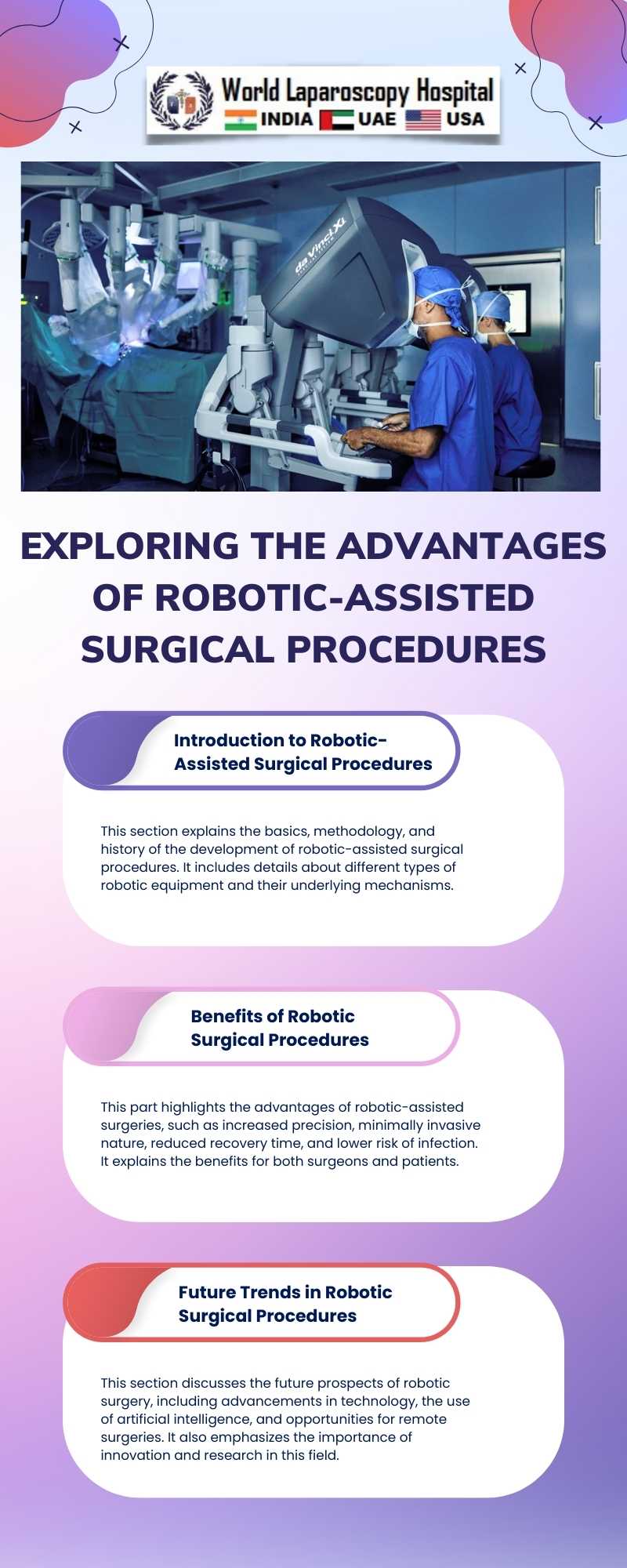The field of surgery has witnessed revolutionary advancements with the integration of technology, notably robotic-assisted surgical procedures. This essay delves into the myriad advantages of robotic surgery, exploring its impact on the medical field, the benefits for both surgeons and patients, and the potential for future developments.

The Advent of Robotic Surgery
Robotic surgery, a concept that once seemed part of a distant future, is now a present reality. It emerged from the need to enhance the precision and efficacy of surgical procedures. The most common system in use today is the da Vinci Surgical System, which allows surgeons to perform complex procedures with more precision, flexibility, and control than traditional techniques.
Enhanced Precision and Control
One of the primary benefits of robotic surgery is its enhanced precision. The robotic system provides surgeons with a magnified, high-definition 3D view of the surgical site. The robotic arms filter out hand tremors and translate the surgeon's hand movements into smaller, more precise movements of tiny instruments inside the body. This level of accuracy is particularly beneficial for delicate and complex surgeries such as neurosurgery, cardiac surgery, and microsurgery.
Minimal Invasiveness and Reduced Trauma
Robotic surgery is inherently minimally invasive. The procedures typically involve small incisions, significantly smaller than those required in traditional open surgery. This minimally invasive approach results in less tissue damage, reduced blood loss, and lower risk of infection. Patients benefit from shorter hospital stays, less postoperative pain, and quicker recovery times, leading to a faster return to daily activities.
Enhanced Ergonomics for Surgeons
From a surgeon's perspective, robotic surgery offers improved ergonomics. Traditional surgery often requires prolonged standing and can lead to physical strain. Robotic systems, however, allow surgeons to operate from a seated position at a console, reducing physical fatigue. This ergonomic advantage can enhance the surgeon's stamina and concentration during long procedures.
Reduced Risk of Complications and Enhanced Patient Outcomes
Robotic surgery's precision and control contribute to reduced risk of complications. The ability to perform delicate procedures with more accuracy can lead to better patient outcomes, including lower rates of surgical complications and shorter hospitalizations.
Training and Education
Robotic surgery also offers substantial benefits in surgical training and education. Simulation-based robotic surgery training allows surgeons to practice and hone their skills in a controlled environment without risk to patients. This technology-driven approach is transforming surgical education, enabling surgeons to attain proficiency in complex procedures.
The Future of Robotic Surgery
The future of robotic surgery holds immense potential. Ongoing advancements in AI and machine learning could lead to even more sophisticated surgical robots, capable of assisting with decision-making or performing certain actions autonomously. Integration with other technologies like virtual reality could further enhance the training and planning of surgical procedures.
Conclusion
Robotic-assisted surgical procedures represent a significant leap forward in the field of surgery. With advantages such as enhanced precision, reduced invasiveness, and improved ergonomics, they offer substantial benefits to both surgeons and patients. As technology continues to evolve, robotic surgery is poised to further transform the landscape of surgical procedures, offering exciting possibilities for the future of healthcare.